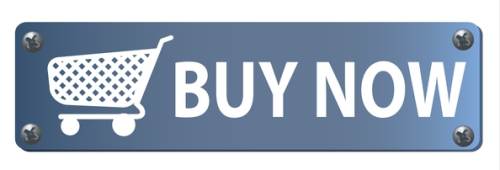 Email marketing can seem complicated at times, but at the end the most important thing is to create an effective strategy for selling products and gaining customers. A key part of that strategy is an effective call to action (CTA).
Email marketing can seem complicated at times, but at the end the most important thing is to create an effective strategy for selling products and gaining customers. A key part of that strategy is an effective call to action (CTA).
While it is important to provide your customers with information they can use, including quality content and practical tips, it is even more important to engage them as buyers and urge them to take action. That is what the call to action is all about.
The call to action can take many forms. Some examples include:
- Call 1-800-222-1111 to place your order today
- Click here to claim your special offer
- Enter our exciting sweepstakes here
- Claim your coupon today
No matter what you are conveying, it is important to be brief and to the point. A long winded message is likely to be ignored by most readers, while a short and easy to understand message is more likely to get results.
Give extra information for better results
When crafting your call to action, always be sure to explain what the reader needs to do. Simply including a clickable link is not enough – you need to clearly explain what’s in it for the customer, i.e. a coupon, special offer, sweepstakes entry, etc.
For instance, instead of a simple “click here” link, your call to action (CTA) should include a brief description of the offer, i.e. “click here for 20% off your first order.” Providing the reader with that extra information can boost response rates and get you more sales.
Multiple CTAs are better than one
It is also important to customize your call to action for each segment of your customer base. Too many email marketers take a one size fits all approach to CTAs – that is a big mistake. Instead of a single offer and one CTA, customer each call to action for your various email lists. The ladies on your list could receive a special offer for 10% off summer dresses, while the guys might appreciate a buy one get one free offer on polo shirts or the chance to enter a contest for a free round of golf.
Your call to action link should send potential customers to a product description page, not straight to their shopping carts. Providing customers with all the information they need to make an informed decision is important. You want your customers to act, but you also want to give them the opportunity to consider their purchases carefully.
Don’t repeat if not necessary
It is often hard to avoid repeating yourself when crafting email marketing messages, but repetition can be quite dangerous when building a call for action. Repeating the same words and phrases over and over can reduce the effectiveness of the message and actually cost you sales.
If your message is constantly urging readers to “act now” or “call us today” you could be costing yourself more customers than you gain. Be sure to read your messages carefully to avoid repeating yourself.
Place more CTA links throughout your email
The placement of the CTA is not as big a concern as many email marketers seem to think. Many people think that the CTA link should be placed at the bottom of the email message, but in reality it can be placed anywhere – at the beginning of the message, in the middle or at the end.
Placement does matter in one way, however. Placing call to action links throughout the message is a smart move, since it increases the odds that one or more of those links will be clicked and acted upon. Including a number of CTA links – instead of just one – is a good way to improve your response rate.
Use colors and bold fonts carefully
Calling attention to your CTA with bold fonts and special formatting is another smart strategy. You want your call to action to stand out and get the attention of your customers. Using bold face type, red fonts, etc. is a good way to get the attention of readers, especially ones who tend to scan through emails quickly. Just be careful not to make your message look cluttered or unprofessional.
Test, test, test
Last but not least, it is important to constantly test your calls to action and tweak those messages based on the results. If you find that CTA messages with bold links get more traffic, adding that feature to your other messages makes sense. Knowing what works and what doesn’t is a key part of email marketing – and that is even more true with regards to your CTA.